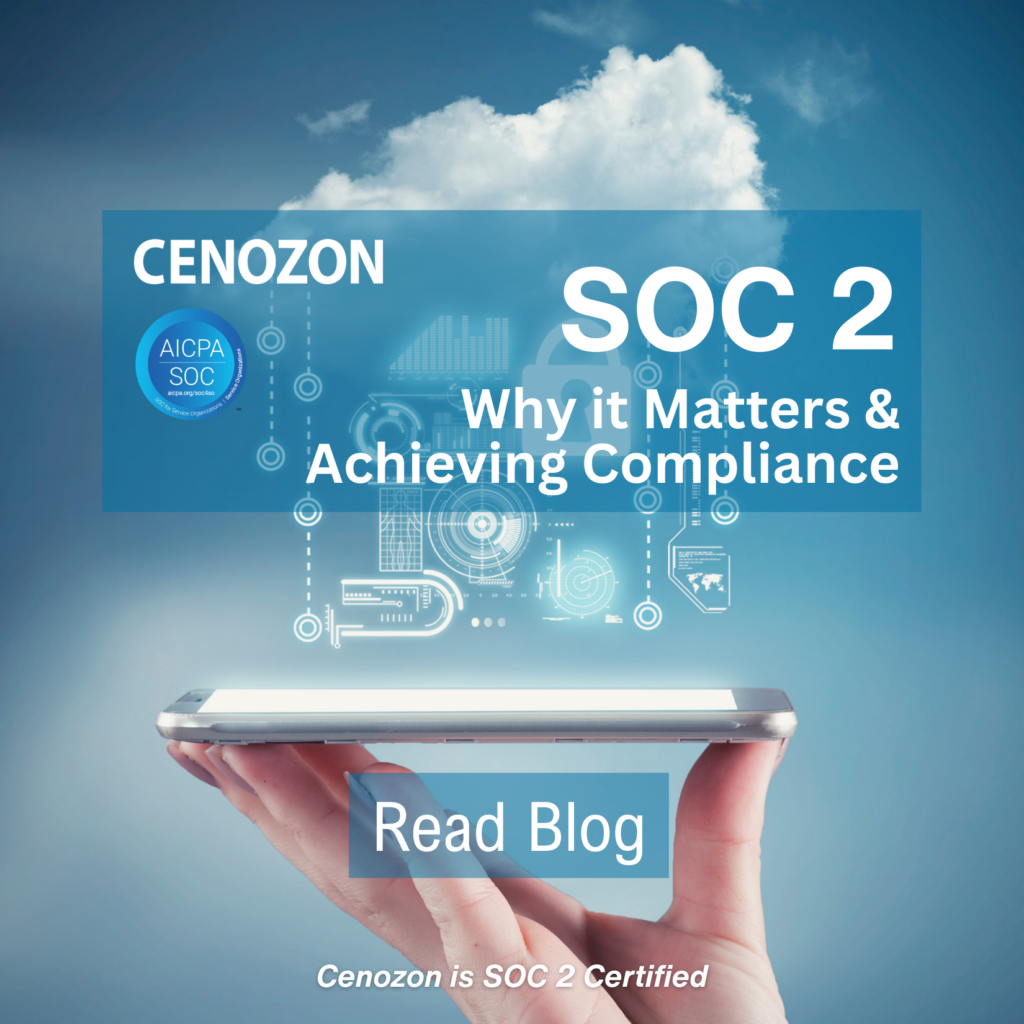May 20, 2024
Understanding SOC 2: Why It Matters and How to Achieve Compliance

In today’s digital landscape, cyber threats are lurking around every corner and data breaches make headlines faster than we can say “password123!”. For organizations striving to protect sensitive information and build trust with their clients, the SOC 2 certification has emerged as a gold standard and is, oftentimes, even a prerequisite for closing deals with prospects.
What is SOC 2?
SOC 2 is a rigorous standard and auditing process developed by the American Institute of CPAs (AICPA) that ensures service providers manage customer data with the highest regard for security and privacy. It is a voluntary compliance standard for service organizations – but has become an extremely powerful differentiator for all technology and cloud-based organizations seeking to attract new clients and build trust with existing ones. Whether you’re seeking leverage in an RFP or looking to proactively mitigate data security risks, SOC 2 compliance provides a comprehensive framework. Achieving compliance signifies that an organization has the appropriate safeguards in place for sensitive customer data.
Diving into the Details
Organizations are evaluated on their controls related to security, availability, processing integrity, confidentiality, and privacy of customer data. Companies pursuing SOC 2 certification must demonstrate their commitment to data protection and operational excellence.
There are two types of SOC 2 reports:
Type 1 evaluates the suitability of the design of controls at a specific point in time, while Type 2 assesses both the design and operating effectiveness of those controls over a specified period.
The Audit Process
The path to SOC 2 compliance is often demanding and technical, involving several critical steps:
Pre-Audit Assessment:
- Define the scope by selecting the systems, processes, and controls to be evaluated. The AICPA has established five Trust Services Criteria (TSC): Security, Availability, Processing Integrity, Confidentiality, and Privacy. Each criterion focuses on specific aspects of system and information protection, and organizations pick which criteria to include in their SOC 2 audit based on their services and customer needs. *The “Security” TSC is automatically included in the scope.
- Conduct a gap analysis to identify weaknesses in compliance with the SOC 2 framework. A remediation plan to address these shortfalls should be implemented subsequently.
- Security awareness training for employees is essential to maximize success; enforcing data security controls takes an informed and consistent workforce.
Control Mapping and Documentation:
4. Ensure that internal controls meet the specified TSC.
5. Evaluate the effectiveness of existing policies and procedures.
Evidence Collection:
6. Gather evidence and documentation to show the functioning of controls over time. This part is one of the most meticulous yet instrumental components of the process. Be prepared to provide additional documentation; according to Secureframe,
a typical audit has an average of 100 evidence requests, which will all need documentation.
7. Review your system to confirm data processing integrity and security.
Audit Execution:
8. Select an AICPA accredited CPA to execute the audit. Over a period typically ranging from five weeks to three months, they will conduct intensive testing to assess the design and operational effectiveness of your controls. They will also be observing and engaging with staff to understand the implementation of controls.
Reporting:
9. Review initial audit results and address any issues.
10. Final SOC 2 Report: You will receive a detailed report with the auditor’s opinion on the control environment.
SOC 2 is a lot of work – with an industry standard window of 12 months to obtain the initial report. Additionally, SOC 2 audits should be scheduled annually to ensure continual compliance and an uncompromised report.
Cenozon is SOC 2 compliant and certified. Our software solutions are built in Microsoft Azure using modern code and the most current security requirements so you can power your organization’s digital transformation with trusted, scalable solutions. It’s part of our commitment to deliver reliable and customer-focused solutions to the oil and gas industry.
Learn more about SOC 2 at these sites:
What is SOC 2 | Guide to SOC 2 Compliance & Certification | Imperva
What is SOC 2? A 101 guide to compliance | Vanta
What is SOC 2? Introduction and Overview (socreports.com)
What is SOC 2: Principles, Types, Benefits | OneLogin
